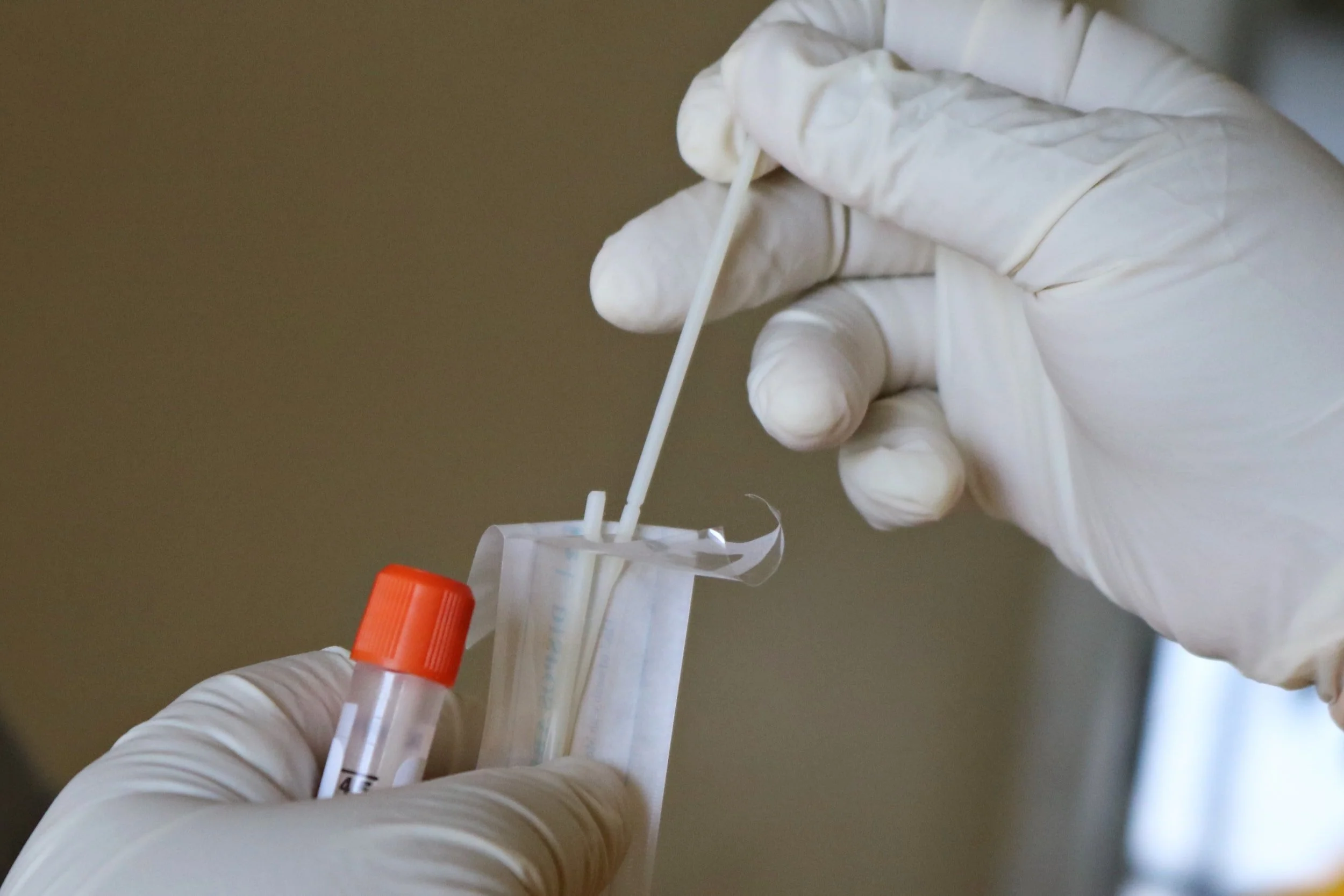Tingting Zhang PhD, Kali S. Thomas PhD, Andrew R. Zullo PhD, Antoinette B. Coe PhD, Lauren B. Gerlach DO, Lori A. Daiello PharmD, Hiren Varma MS, Derrick Lo ScM, Richa Joshi MS, Julie P.W. Bynum MD, Theresa I. Shireman PhD
Comparison of the Pathway to Hospice Enrollment Between Medicare Advantage and Traditional Medicare
Risk of Discharge to Lower-Quality Nursing Homes Among Hospitalized Older Adults With Alzheimer Disease and Related Dementias
Infections, Hospitalizations, and Deaths Among US Nursing Home Residents With vs Without a SARS-CoV-2 Vaccine Booster
Kevin W. McConeghy, PharmD, MS; Barbara Bardenheier, MPH, PhD; Andrew W. Huang, MS; Elizabeth M. White, APRN, PhD; Richard A. Feifer, MD, MPH; Carolyn Blackman, MD; Christopher M. Santostefano, BSN, RN; Yoojin Lee, MS; Frank DeVone, MS; Christopher W. Halladay, MS; James L. Rudolph, MD; Andrew R. Zullo, PharmD, PhD; Vincent Mor, PhD; Stefan Gravenstein, MD, MPH
Behavioral symptoms, depression symptoms, and medication use in Michigan nursing home residents with dementia during COVID-19
Characteristics of Terminated Medicare Advantage Contracts, 2011 to 2020
Variations in Medicare Advantage Switching Rates among African American and Hispanic Medicare Beneficiaries with Alzheimer’s Disease and Related Dementias, by Sex and Dual Eligibility
Psychotropic medication prescribing in assisted living and nursing home residents with dementia after the National Partnership
Antoinette B. Coe PharmD, PhD, Tingting Zhang MD, PhD, Andrew R. Zullo PharmD, PhD, Lauren B. Gerlach DO, MS, Kali S. Thomas PhD, Lori A. Daiello PharmD, ScM, Hiren Varma MS, Derrick Lo ScM, Richa Joshi MS, Theresa I. Shireman PhD, Julie P. W. Bynum MD, MPH
Abstract
Background
The Centers for Medicare & Medicaid Services implemented the National Partnership to Improve Dementia Care in Nursing Homes (the Partnership) to decrease antipsychotic use and improve care for nursing home (NH) residents with dementia. We determined whether the extent of antipsychotic and other psychotropic medication prescribing in AL residents with dementia mirrored that of long-stay NH (LSNH) residents after the Partnership.
Methods
Using a 20% sample of fee-for-service Medicare beneficiaries with Part D, we conducted a retrospective cohort study including AL and LSNH residents with dementia. The monthly prevalence of psychotropic medication prescribing (antipsychotics, antidepressants, anxiolytics/sedative-hypnotics, anticonvulsants/mood stabilizers, benzodiazepines, and antidementia medications) was examined. We used an interrupted time-series analysis to compare medication prescribing before (July 1, 2010–March 31, 2012) and after (April 1, 2012–December 31, 2017) the Partnership in both settings.
Results
We identified 107,931 beneficiaries with ≥1 month as an AL resident and 323,766 beneficiaries with ≥1 month as a LSNH resident with dementia, including 1,923,867 person-months and 4,984,405 person-months, respectively. Antipsychotic prescribing declined over the study period in both settings. After the launch of the Partnership, the rate of decline in antipsychotic prescribing slowed in AL residents with dementia (slope change = 0.03 [95% CLs: 0.02, 0.04]) while the rate of decline in antipsychotic prescribing increased in LSNH residents with dementia (slope change = −0.12 [95% CLs: −0.16, −0.08]). Antidepressants were the most prevalent medication prescribed, anticonvulsant/mood stabilizer prescribing increased, and anxiolytic/sedative-hypnotic and antidementia medication prescribing declined.
Conclusions
The federal Partnership to reduce antipsychotic prescribing in NH residents did not appear to affect antipsychotic prescribing in AL residents with dementia. Given the increase in the prescribing of mood stabilizers/anticonvulsants that occurred after the launch of the Partnership, monitoring may be warranted for all psychotropic medications in AL and NH settings.



















